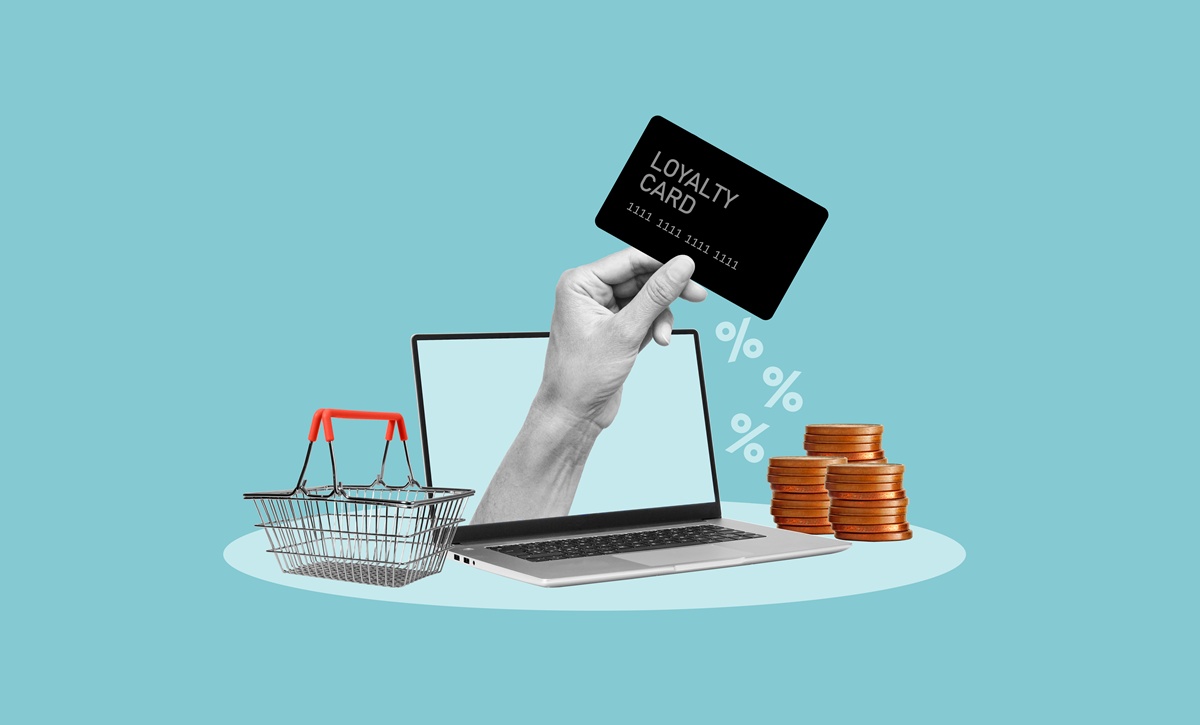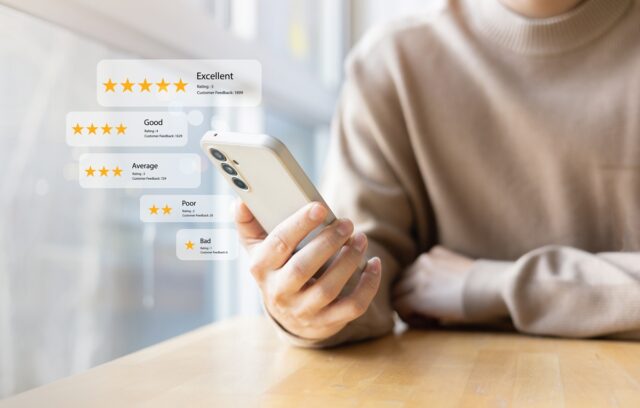August 28, 2025
Loyalty Programs Are Making a Comeback With Gen Z

“Economic pressure is the spark, but emotional connection is the fuel,” Craig Crisler, CEO of SupportNinja told Customer Experience Magazine.
Generation Z has long carried the reputation of being the least loyal consumer cohort. With infinite options at their fingertips and zero friction to switch brands, they’ve been dubbed “brand-hoppers.” Yet paradoxically, they are now fuelling the revival of loyalty programs. This can be attributed to rising costs, evolving values, and the quest for a sense of belonging.
From Discounts to Belonging
For Crisler, loyalty programs are no longer just about saving money, but “gateways to belonging.” Economic uncertainty has certainly made rewards more appealing, but for Gen Z, loyalty is as much about values as it is about value.
“Perks won’t keep Gen Z around,” Crisler explains. “They want to feel part of something that aligns with who they are and how they want to be perceived both online and IRL.”
That sense of belonging plays out in small but powerful ways: early access to products that reflect personal identity, personalised perks tied to lifestyle choices, and rewards rooted in shared values. Offline, it translates into consistent real-world experiences that reinforce inclusion.
Why Traditional Models Fail
Legacy loyalty structures such as points systems, tier models, and shifting goalposts feel outdated. As Crisler puts it, “Points and tiers feel like a game Gen Z didn’t agree to play.” The biggest trust-breaker is when programs quietly devalue, leaving young consumers feeling cheated.
Instead, Gen Z responds to systems that are flexible, fair, and immediate. They don’t want to wait years to feel valued; they want programs that adapt to them, not the other way around.
More Transparency, More Pressure
AI-powered shopping tools are further reshaping the landscape. Gen Z is already using generative search assistants to track unredeemed points, compare perks, and decode fine print. That means programs that feel confusing, inconsistent, or unfair are exposed instantly.
“The stronger your rewards structure, the more likely you are to keep their attention,” Crisler notes. “The weaker it is, the faster they’ll move on.”
But AI isn’t just a threat, it’s also an opportunity. Brands can use AI to personalise in real time, shifting from “batch-and-blast” promotions to one-to-one experiences. A well-timed custom offer, a surprise bonus when engagement dips, or messaging that reflects a customer’s values can make loyalty feel personal and genuine.
Brands Getting It Right
Sephora is a standout, with hyper-tailored perks and exclusive access that make members feel valued and “in-the-know.” IKEA offers a different but equally effective model, delivering a seamless omnichannel program that avoids friction. Points can be earned and redeemed online or in-store for whatever matters most: discounts, delivery, or even dining.
“This kind of flexible, cross-channel approach says: ‘We respect your time and choices,’” Crisler explains. And that respect translates directly into loyalty.
The Future: Conversations, Not Coupons
Looking ahead, Crisler predicts loyalty programs will survive, but only if they evolve. In his view, the next five years will bring programs that look less like rigid point systems and more like “ongoing conversations” between brand and consumer.
The winners will be those who combine instant value with emotional resonance, powered by AI but grounded in trust. “AI will power the engine and the data behind the scenes,” Crisler says. “But trust and emotional connection will still fuel the relationship.”
For Gen Z, belonging is loyalty. And brands that understand that will not just retain customers, they’ll build communities.




